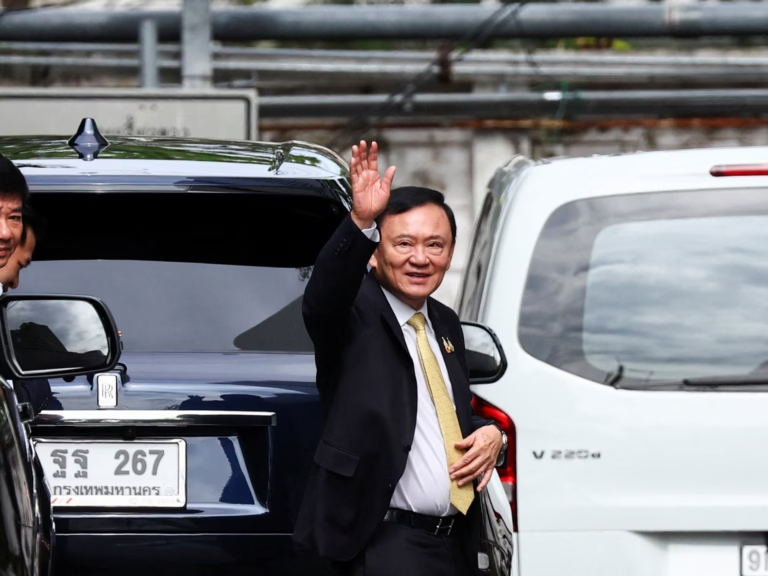Over the past few months, Hindu nationalists have experienced a mix of emotions with the return of Trump to the White House. Despite some achievements, such as stable defense relations between India and the US following Prime Minister Narendra Modi’s visit and the appointment of Kash Patel to lead the FBI, the situation is complex. Trump’s return has also highlighted underlying anti-Indian sentiment in the MAGA community, particularly following his appointment of Indian American Sriram Krishnan as a senior policy adviser for Artificial Intelligence (AI). This appointment sparked controversy due to debates over the H1B visa program which brings skilled foreign workers to the US, with many in Trump’s camp concerned about its impact on the American workforce.
Moreover, instances of racism and xenophobia, such as the forced resignation of Elon Musk’s Department of Government Efficiency staff member Marko Elez over racist social media posts, underscore the challenges faced by Indian Americans. Vice President JD Vance’s response – advocating for Elez’s rehiring due to concerns about the impact of social media activities on an individual’s life – highlights the tension between Trump’s “America First” policies and the reality of diversity in the US.
Hindu groups’ reaction to these incidents is multifaceted. They have criticized the situation as “Hinduphobia,” despite the overwhelming consensus that the attacks on Krishnan and the MAGA-verse’s response to the H1B visa scheme do not represent systemic hatred specifically against Hindus but rather a wider issue of xenophobia and anti-immigrant sentiment. A study by the Center for the Study of Organized Hate indicates that “anti-Indian hatred” on social media platforms is broader, targeting all individuals perceived to be of Indian origin.
The claim of “Hinduphobia” is problematic for several reasons. It feeds into Hindu nationalist narratives that equate Indian-ness with Hinduism, overlooking the country’s religious and ethnic diversity. It also falsely portrays Hindus as a marginalized group, which is then used to silence critics of Hindu nationalist politics and evade discussions on caste discrimination and religious intolerance in India and the diaspora.
The situation is set to become more complicated with the potential for “Hinduphobia” to be enshrined in legislation, as seen with the introduction of a resolution in Congress and a similar move in the Georgia Assembly. The fear is that under a second Trump term, the country might face increased levels of racism, bigotry, and false narratives of marginalization that divert attention from the real suffering of marginalized communities.
Source: https://www.aljazeera.com/opinions/2025/2/27/its-regular-old-racism-not?traffic_source=rss







